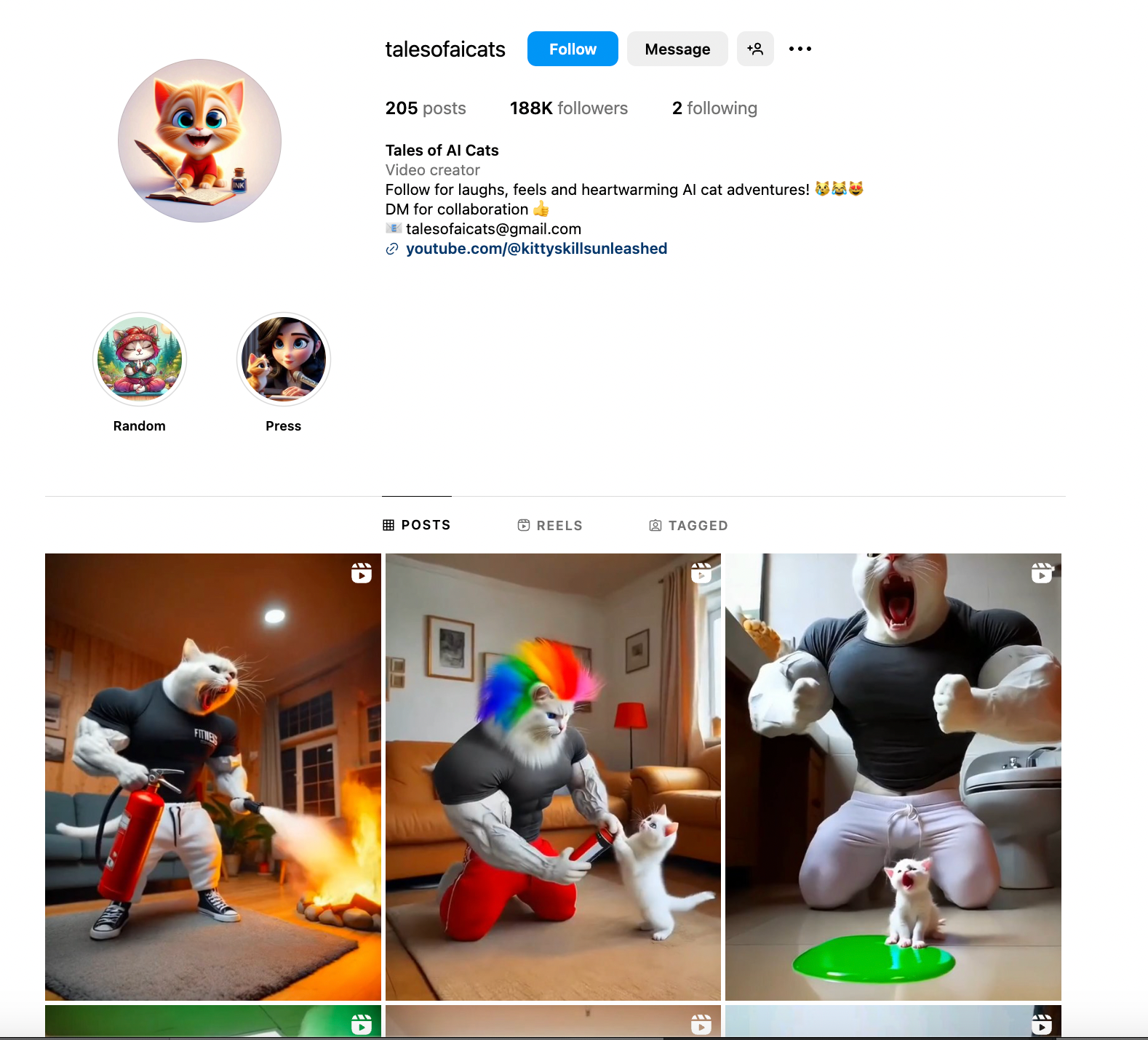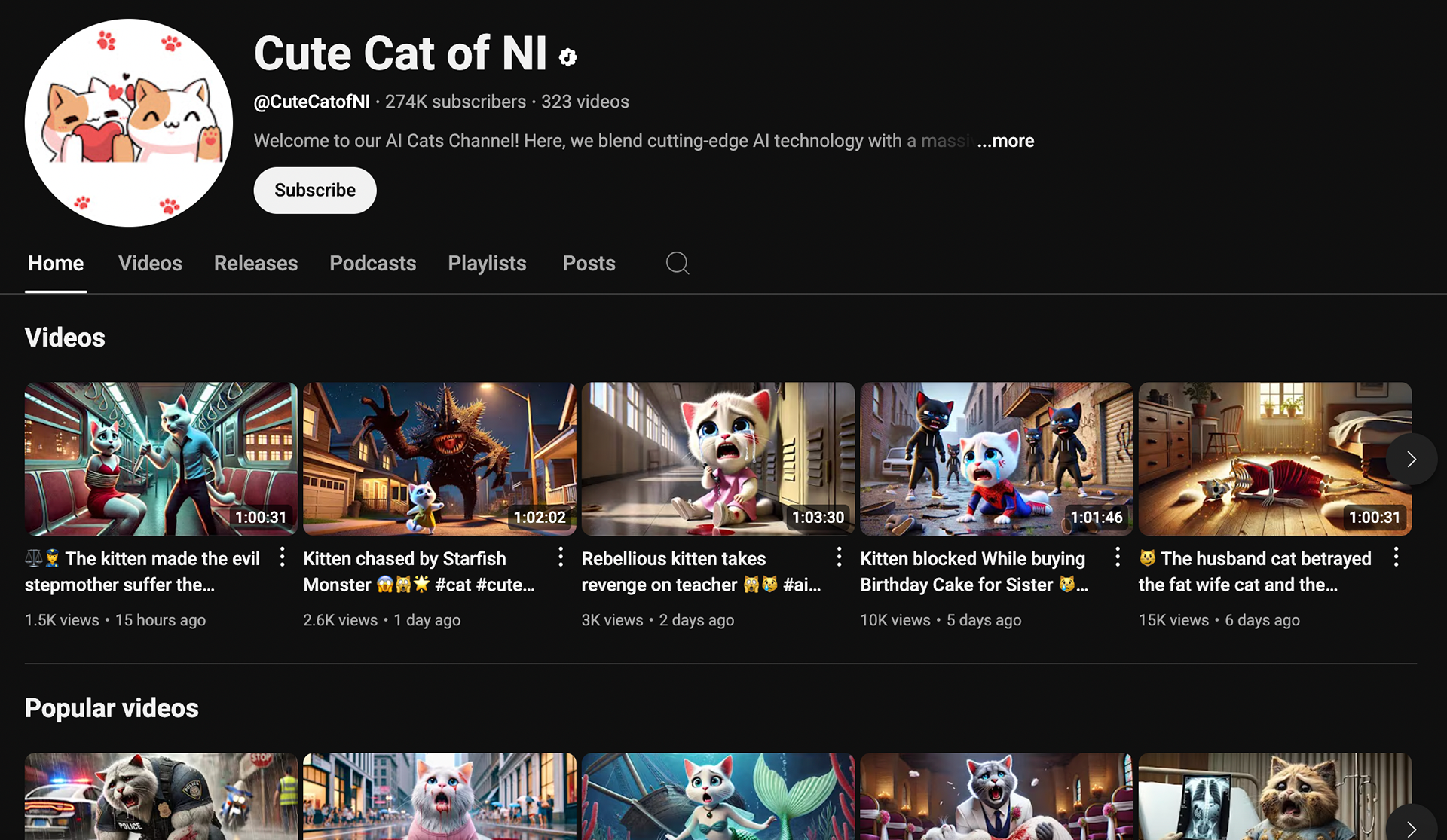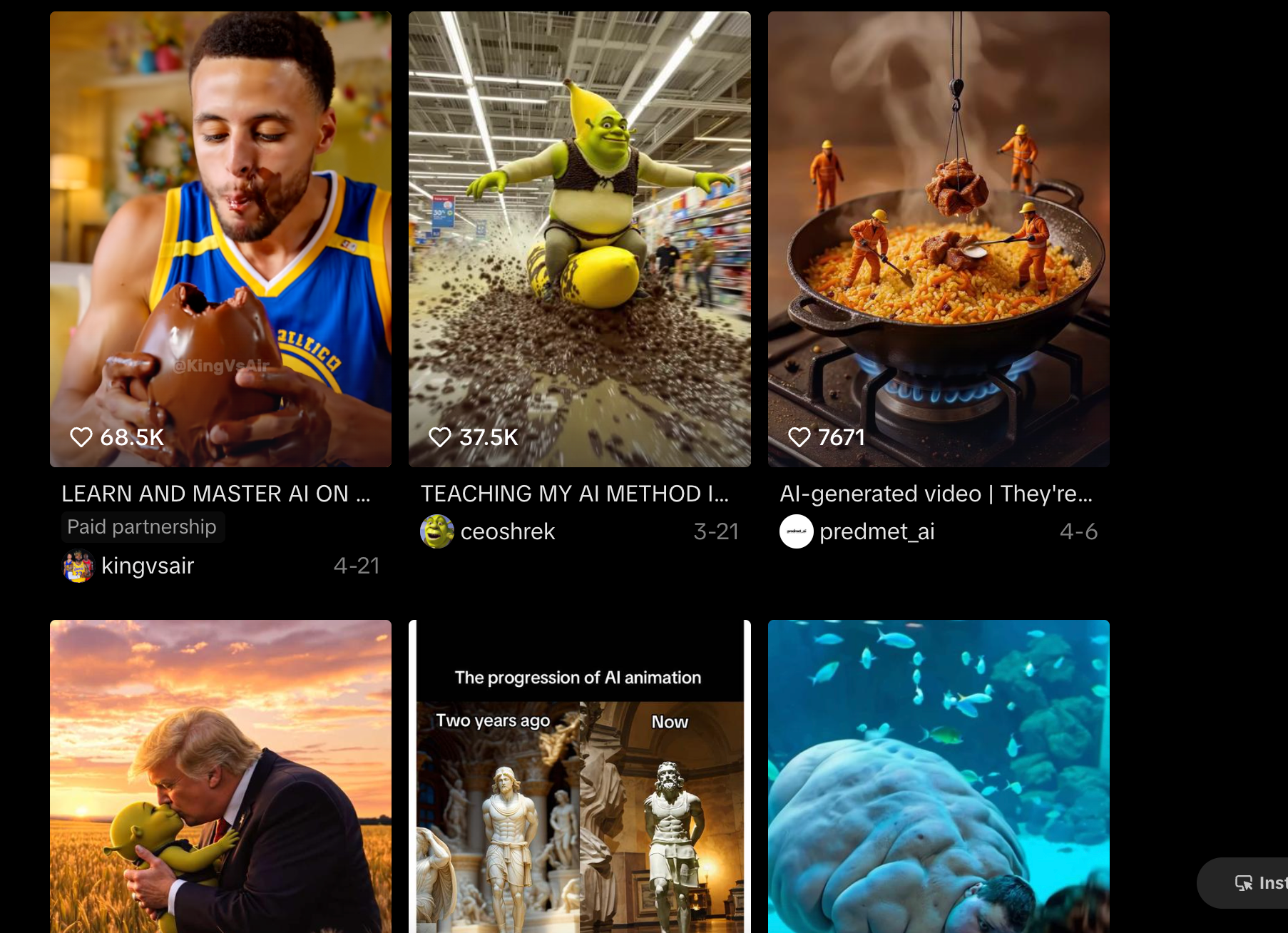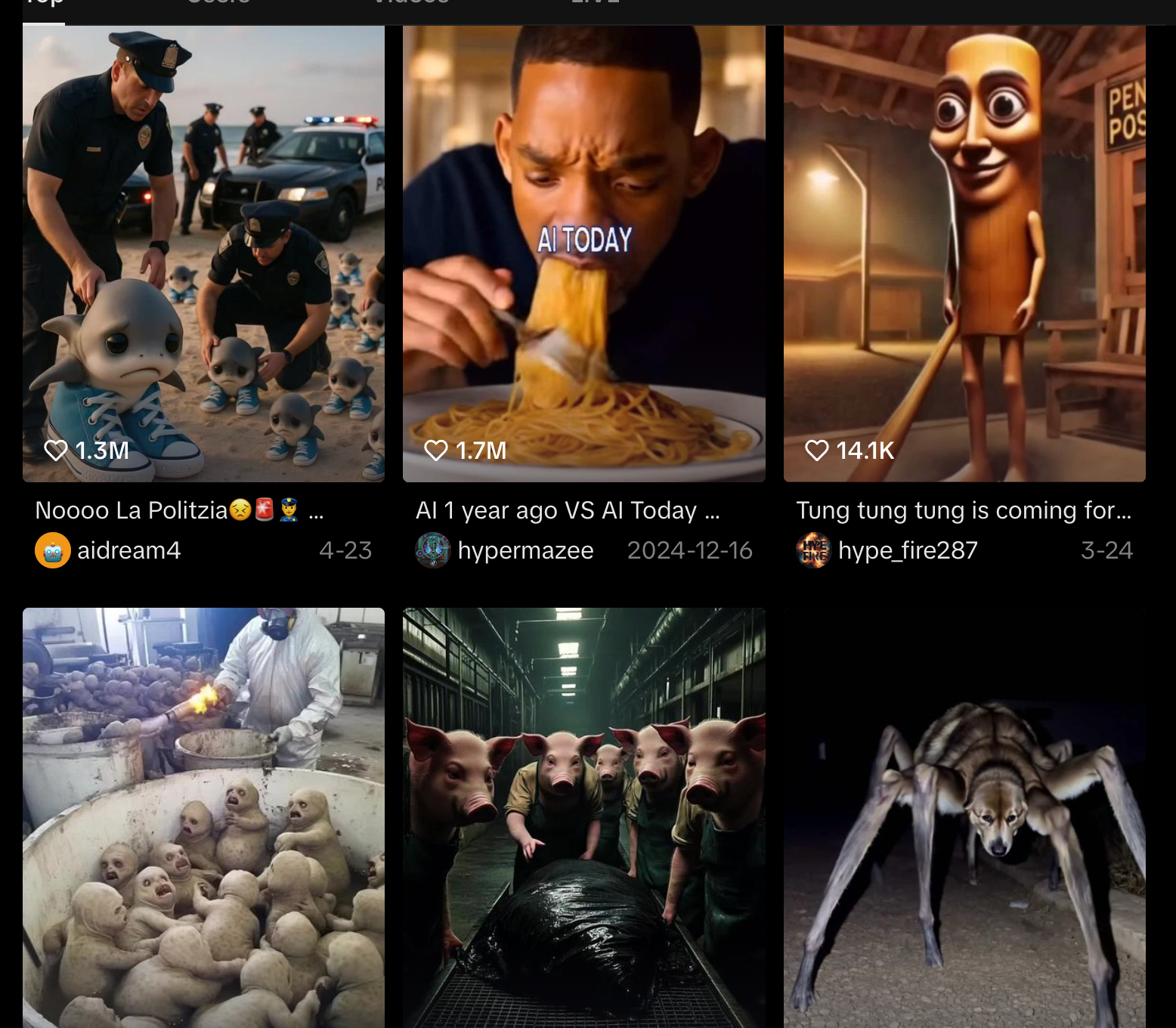Internet Culture in the Age of AI: Chaos Is the
New Currency
What we’re witnessing is the rise of a new digital dialect—one where meaning is secondary to vibe, and AI is fluent in whatever that means. AI-generated memes, stories, and voices are warping our expectations of humor, logic, and narrative. Where we once passed around cleanly punchlined images with top-and-bottom Impact font, we now gleefully consume videos of a capybara being elected president, narrated entirely in broken English by a virtual duck who shouts “GET OUTTA MY SWAMP!” while Eurobeat plays in the background. And it hits. It lands. It’s funny. But not because it makes sense—because it absolutely doesn’t.
In a way, AI has become a mirror of our collective internet brain: fast, fragmented, and fluent in inside jokes that don’t need setup or payoff. The randomness feels personal. The chaos feels curated. When AI chants nonsense like “Baleirina Capachina”, we don’t ask why—we just nod, smile, and maybe remix it into a TikTok sound.
This isn’t just comedy—it’s a new form of shared digital identity. We’re bonding over absurdity, learning to laugh through confusion, and watching algorithms dream up the next big inside joke before we’ve even figured out the last one. The old rules of storytelling, design, even language are being rewritten by glitchy filters and meowing auto-tunes.
And maybe that’s the weirdest, most wonderful part: AI didn’t just join the internet. It’s shaping it, pixel by pixel, meme by meme, cat divorce by cat divorce.


Why the Internet Can’t Look Away: Cursed AI and
the Viewership Boom:
Let’s be honest: cursed AI content is weird, unsettling, and completely unhinged—and that’s exactly why people can’t stop watching it. In an attention economy where every scroll is a battlefield, cursed AI wins because it’s unpredictable. It hijacks your brain’s threat detection system, forcing you to stay just a little longer, asking, “What am I even looking at?” Whether it’s Elsa giving birth in a sewer or a Pixar-style dog sobbing into a salad while singing in Spanish autotune, these videos break logic—and that’s the hook.
Multiple studies and algorithmic audits show that cursed AI content consistently outperforms traditional videos in watch time and engagement. A 2024 media study from the Institute of Digital Attention (IDA) found that AI-generated surreal videos saw 63% higher average retention rates compared to traditional vlog or explainer content. Another report from StreamLab Analytics showed that cursed or absurdist content titles with AI keywords drew 2.5x more first-minute viewer retention than standard educational or lifestyle content.
Below is a graph of how viewership compares between standard content and cursed AI videos:
Viewer Retention Rates by Content Type (2024)
Traditional Educational Video ............ █████████
(avg 22 sec) -
Personal Vlog / Day-in-the-Life .......... ███████████
(avg 28 sec) -
AI-Generated Cursed Meme Video .....████████████████████
(avg 54 sec) - S
Unreal AI-Voiced Story over Gameplay ██████████████████
(avg 48 sec)
It’s not because this content is better—it’s because it breaks expectations. It slips past the brain’s content fatigue. It feels novel, even if it’s just chaos stitched together by a machine with no understanding of human ethics, pacing, or coherence. The result is viral stickiness. The AI doesn’t just generate videos—it generates mass viewership, because it makes you feel something. Even if that something is, “Why did that Shrek-shaped car just cry while eating pancakes to a Portuguese trap beat?”

Is that trump eating a bay?
